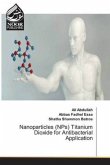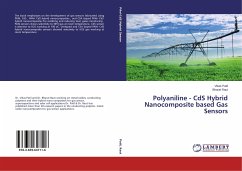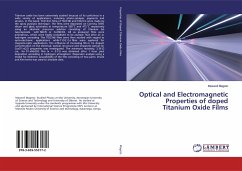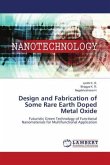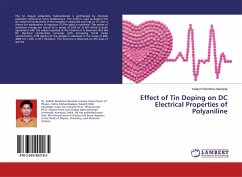The results of sensors developed using Polyaniline(PANi), TiO2 nanoparticles, and its composites materials were presented in the book. PANi thin films showed selectivity to NH3 at room temperature. Pure TiO2 nanoparticles films were sensitive to NH3 at 200 oC. The sensitivity for these gases was checked for different concentrations of gases. When a composite is made out of two materials major charge transport was governed through PANi. But the structural, morphological, and optical changes were introduced after addition of TiO2 nanoparticles. This modification of PANi with TiO2 nanoparticles tunes it more sensitive to NH3. A further improvement in the sensor parameters was made by doping PANi-TiO2 nanocomposite with CSA. The doping of CSA to PANi- TiO2 nanocomposite showed tremendous improvement in the sensor parameters for NH3 sensing. The mechanism of better sensitivity of composite than PANi and higher sensitivity of CSA doped composite compared to PANi-TiO2 composite is related to structural, morphological, optical and electrical properties modification and it is interpreted after analysis of properties of PANi, PANi-TiO2 and CSA doped PANi-TiO2.


